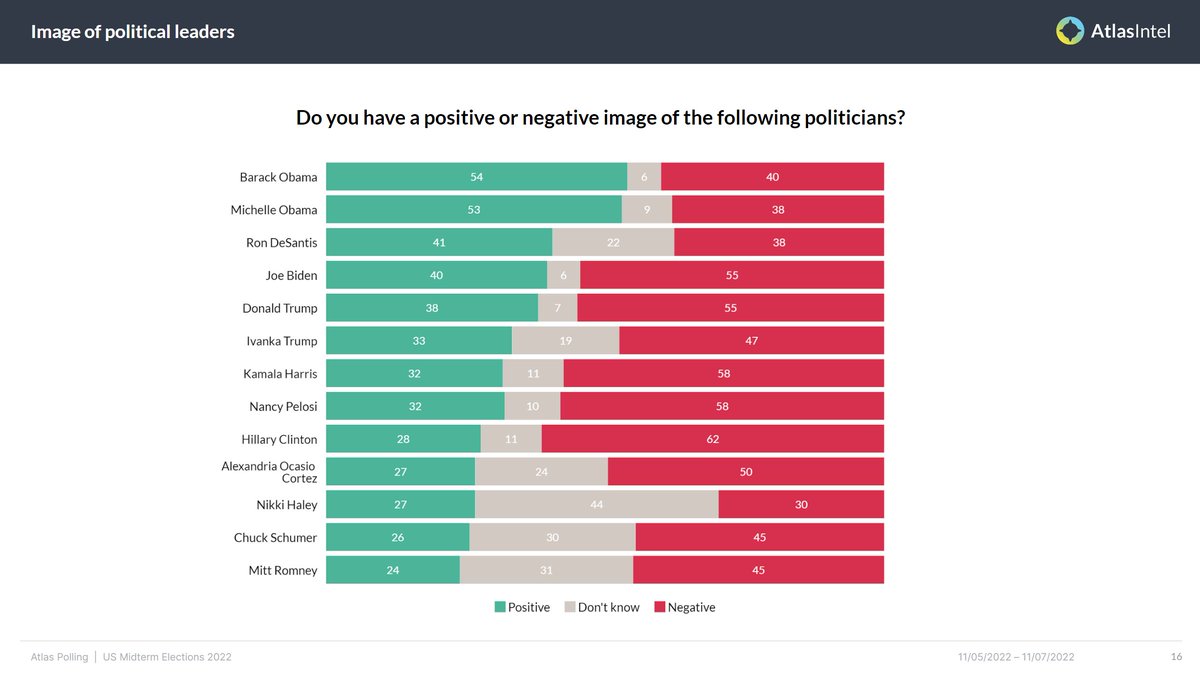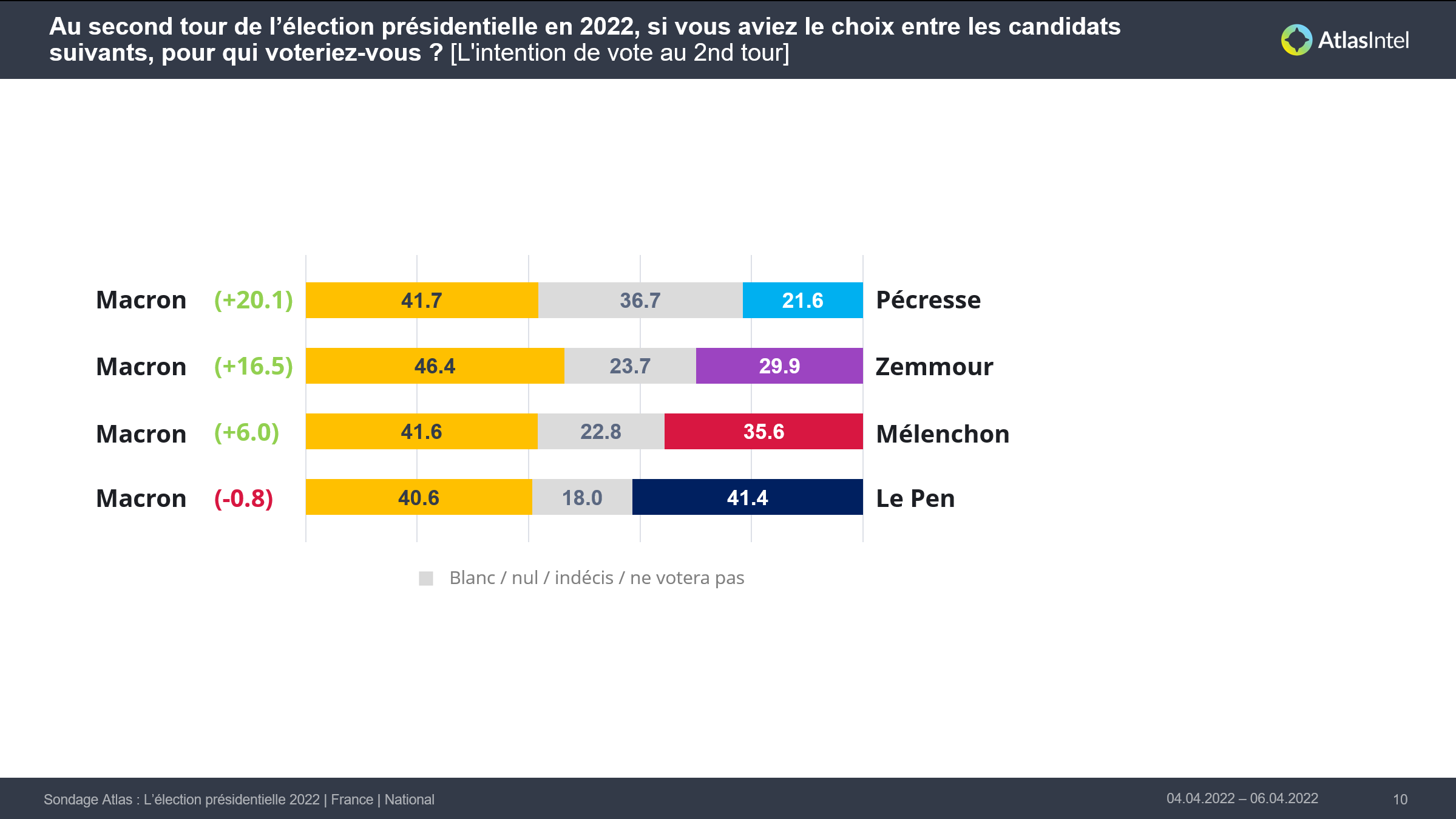AtlasIntel Poll Accuracy: 2024 Election Insights & 538 Evaluation
In an era defined by information overload and the relentless pursuit of accuracy, can we truly trust the polls that shape our understanding of political landscapes and influence critical decisions? The answer, as it often does, lies in a complex interplay of methodologies, biases, and the ever-evolving nature of public opinion.
The 2024 US presidential election looms large, casting a long shadow over the political sphere. As the campaigns gain momentum, the importance of accurate polling has never been more pronounced. Polls, after all, are more than just snapshots of public sentiment; they are powerful instruments that can sway public opinion, influence policy decisions, and forecast election outcomes. The stakes, therefore, are undeniably high. And amidst the cacophony of data and predictions, one name consistently surfaces: AtlasIntel.
Fivethirtyeight, a renowned authority in the realm of measuring and rating pollster performance, has evaluated numerous polls conducted by AtlasIntel, awarding them a commendable 2.7 stars for accuracy. This rating, according to the criteria of mbfc, positions AtlasIntel as a high-factual source. This validation is crucial, especially in a media landscape rife with conflicting information.
- Ed Westwick From Gossip Girls Chuck Bass To Today News Updates
- Altair Jarabo Bio Career Husband Frdric Garca Latest News
AtlasIntel's methodology, while contributing to their accuracy, also raises critical questions about the nature of modern polling practices. Their approach involves recruiting poll respondents through the geolocated targeting of web browsing users. While this method allows for a degree of precision, it simultaneously opens the door to potential biases. The very act of targeting users based on their online activity introduces the possibility that the sample may not be entirely representative of the broader population.
This is where the conversation about objectivity and transparency becomes paramount. In a world where algorithms curate our online experiences and filter information, it is essential to understand how polling organizations are gathering and analyzing data. Are the methodologies transparent? Are the potential biases acknowledged and mitigated? These questions are not just academic; they are fundamental to maintaining the integrity of the democratic process.
A recent poll released by AtlasIntel offers valuable insights into voter preferences, candidate support, and the key issues driving voter sentiment nationwide. According to their findings, Donald Trump holds a lead in the race for the White House with 45.5% of voting intentions, while Joe Biden trails with 40.3%. This data, released on GPS CNN this Saturday, presents a compelling narrative of the current political landscape.
The poll was collected through AtlasIntel's signature RDR methodology between February 2nd and 7th, targeting likely voters in the U.S. and amassing a sample of 1,637 individuals. The findings of this survey are undoubtedly significant, but they must be considered within the broader context of polling methodologies and potential biases.
Pedro Azevedo, lead analyst at AtlasIntel, appeared on Forbes Newsroom, discussing the recent poll with Miles O'Reilly. The conversation underscored the critical insights gained from the survey, but also highlighted the need for careful interpretation.
AtlasIntel's performance in past election cycles has also garnered attention. Notably, they were recognized as the most accurate pollster in 2020. During that cycle, AtlasIntel's average race RMSE (Root Mean Squared Error) was 4.2 points in the 2020 Democratic primary races. This accomplishment is a testament to their commitment to accuracy and their ability to navigate the complexities of public opinion.
However, it is important to understand the nuances of polling. Even the most accurate pollsters can be subject to statistical biases or unexpected shifts in public sentiment. The Fox News poll, for instance, showed a particular result, only to be followed by the results from other polls. These variations in results are common and underscore the dynamic nature of public opinion. To effectively analyze poll results, one must consider the margin of error, the timing of the poll, and the methodology employed.
The following table presents a comparative analysis of several pollsters, detailing their performance metrics and the margin of error. Note that while these figures offer a good general overview, each poll should be analyzed on a case-by-case basis.
| Pollster | Average Race RMSE (2020 Democratic Primary) | Notes |
|---|---|---|
| AtlasIntel | 4.2 points | Most accurate pollster in 2020 |
| Emerson College | 5.0 points | |
| Data for Progress | 5.9 points | |
| Monmouth University | 6.3 points |
The use of geolocated targeting of web browsing users in recruitment of poll respondents is one of the many factors. The use of this method raises questions about its overall representativeness, and the degree to which it accurately reflects the opinions of the wider electorate. The potential for bias in this method needs to be examined.
The information is valuable in understanding the potential challenges. The analysis of polling data, including the identification of potential biases, can lead to the development of more robust and reliable tools. This approach, emphasizing transparency and the continuous refinement of methodology, holds the key to ensuring the integrity of public opinion analysis.
The landscape of polling is constantly changing. As polls shape public opinion, influence policy decisions, and forecast election outcomes, the stakes for accuracy have never been higher. Staying informed is essential. By critically evaluating the methodologies, acknowledging the potential biases, and following the ongoing debates, we can all play a role in ensuring that the polls serve their intended purpose: to inform and empower the electorate.
The importance of critical analysis is further emphasized by the changing media landscape. The rise of social media and the proliferation of online news sources have created an environment where misinformation can easily spread. It is therefore crucial to analyze poll results with a critical eye, considering the source, the methodology, and the potential biases.
In conclusion, the world of polling is complex and dynamic. While organizations like AtlasIntel strive for accuracy, the inherent challenges of gauging public opinion remain. By understanding the methodologies, recognizing the potential biases, and following the ongoing debates, we can all become more informed citizens.

AtlasIntel on Twitter "📊 Atlas Poll Image of Political Leaders 🗳️ US Adults positive image

AtlasIntel on Twitter "The Atlas poll was also the most accurate if considering the performance

AtlasIntel on Twitter "Atlas Poll France Presidential Election 2nd Round Valid Votes Le